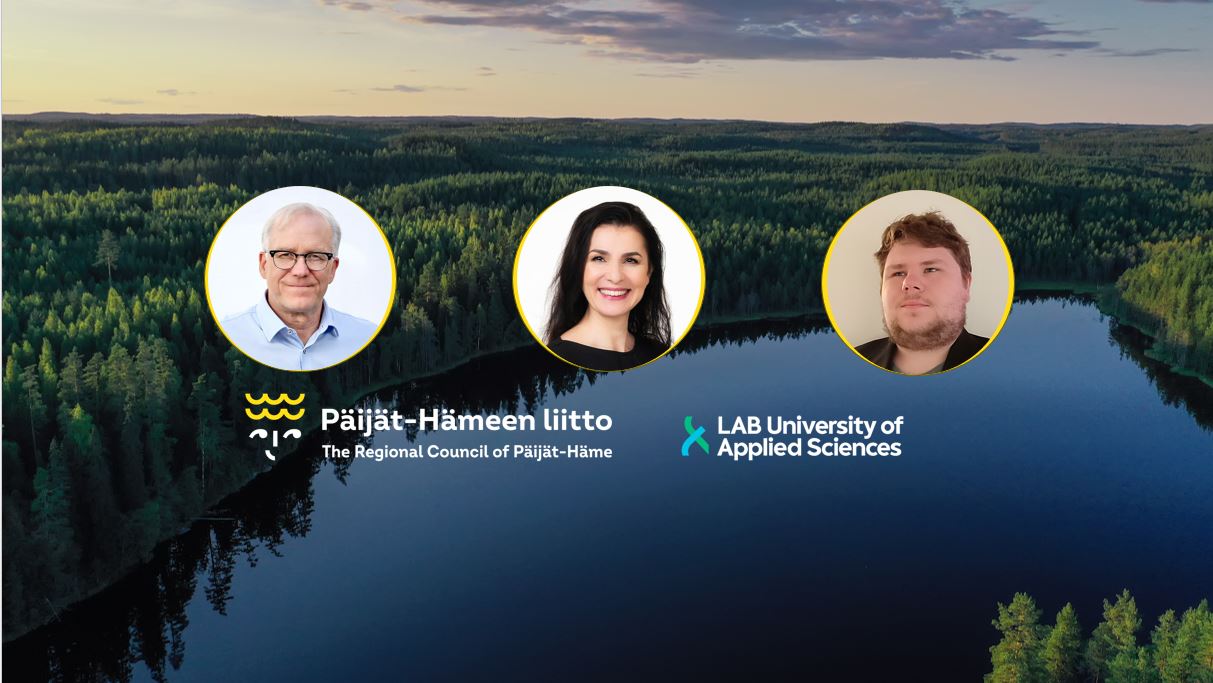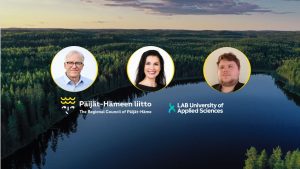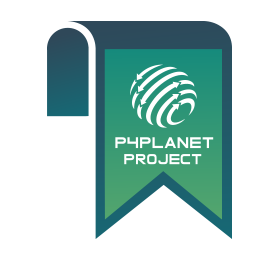The region of Päijät-Häme (also known as the Lahti region) in Finland is pioneering innovative approaches to industrial symbiosis, blending its rich industrial heritage with the country’s strong commitment to protecting nature. The region established its first Circular Economy Roadmap in 2017 around five pillars (closed material loops, energy, bioeconomy, new consumption models, and innovative solutions) and has now integrated it in its broader Green Transition Programme.
We spoke with Katerina Medkova, who divides her time between the Regional Council of Päijät-Häme the LAB University of Applied Sciences, Juha Hertsi from the Regional Council, and Joonas Mustonen from LAB University, to explore emerging trends such as carbon capture and use, and how collaboration between policymakers, academia, and businesses can drive circularity and sustainability.
Q: Where can we trace the beginnings of industrial symbiosis in your region?
Regional Council: Industrial symbiosis in our region has its roots in the Kujala Waste Symbiosis centre, which started in 2001. Kujala functions as an industrial park, bringing together several companies and a municipal wastewater plant to create resource-sharing opportunities. Over time, this hub has become a successful example of industrial symbiosis. However, as it has reached its capacity, we are now focusing on expanding initiatives beyond this area.
Q: What is the region’s role in supporting industrial symbiosis initiatives?
Regional Council: There are different actors and stages in setting up and implementing industrial symbiosis initiatives. Policymakers and public authorities have a significant enabling role as they set the strategic direction through policy frameworks, both at the local level (with our region’s Green Transition Programme) and nationally, with Finland’s Circular Economy Green Deal. These policies can incentivise funding and research. Public authorities can also help remove barriers to industrial symbiosis, such as standardisation of waste by-products.
We also facilitate implementation of demonstration projects, with the goal of creating a market. This is done in collaboration with a range of actors, including LAB University, local businesses, and international partners through Horizon Europe. This also helps us learn from other European regions, and in turn, allows us to input into EU-level policies.
Q: What emerging topics are shaping industrial symbiosis in Päijät-Häme?
LAB University: Carbon-neutrality goals are a common target for us all (companies, research organisations, public sector), and here, the private sector seems to be exceptionally eager to seek practical (and naturally cost-efficient) solutions to this challenge. Carbon capture and use (CCU) is a major focus. Five years ago, this was a niche topic, but today it’s a priority for many companies. The Päijät-Häme region is well-suited for CCU due to its high number of CO2 point sources and the presence of businesses with a wide range of CO2 applications. These businesses also need to reduce their fossil-based CO2 emissions, so that is a key driver for our applied research.
Q: What challenges have you faced in advancing industrial symbiosis, particularly with CCU?
LAB University: There’s a lack of data about CO2 point sources at the regional and national levels, which complicates planning. When we started working on CCU, we focused a lot on technical barriers – for example, technology readiness – while now we are encountering challenges of other types, such as funding and investment around capture and transport infrastructure. The market for CCU technologies is still evolving, with significant variations in pricing and efficiency, making investment decisions challenging.
We are also seeing legislative uncertainty, since current standards only cover CO2 use in the food and beverage sector, creating hesitation among companies to invest in purification infrastructure without clarity on future regulations. Another important issue is fostering biogenic CO2 capture and use, which is limited at the moment, as opposed to fossil-based CO2 re-use which is legally restricted.
Finally, in order for circular business models and projects to work, you need ensure enough supply and demand. Without that visibility, developing long-term alliances between companies is difficult.
Q: What advice would you give to other regions exploring industrial symbiosis?
Regional Council: Building trust and fostering collaboration is critical. Start by convening the right stakeholders in workshops or events. Personal relationships and intermediaries like LADEC (our regional business development organisation) have been instrumental in engaging companies. Fostering bottom-up dialogue among policymakers, business, and technical partners is also important.
It also helps to simplify the process and find the business case. Avoid overly technical jargon and instead focus on showcasing tangible benefits, like cost savings or operational efficiency. Begin with a single successful example to inspire others. At the last World Circular Economy Forum, we saw a real-time CO2 conversion process on stage – it was really powerful to also spread knowledge among the general public, which at the moment is very limited.
LAB University: As an academic institution, we’ve found that our neutral role makes companies more willing to engage, when they trust that we have no financial motives. Listening to their specific needs and providing tailored support helps build lasting partnerships.
Are you interested in learning more about industrial-urban symbiosis and joining a community of like-minded professionals? We invite you to join the Hubs4Circularity Community of Practice, a free platform to share knowledge, tools and opportunities to progress together towards industrial and industrial-urban symbiosis and circular value chains. Sign up at www.h4c-community.eu.



